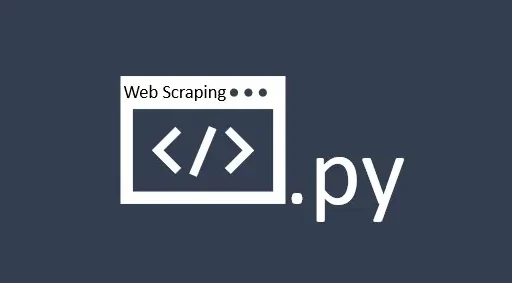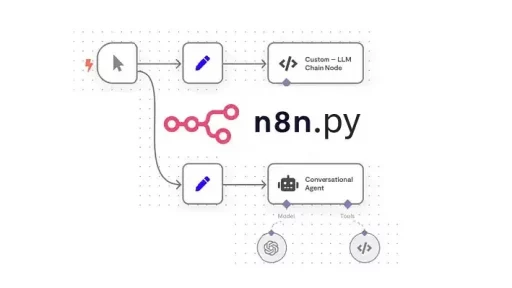If you haven’t started using Python yet, now is the perfect time to dive in. Python is a programming language renowned for its simplicity and effectiveness. Whether you’re a beginner or an experienced developer, Python offers numerous benefits that make it a valuable tool for various projects.
Ease of Use
One of the main reasons to start using Python is its straightforward syntax. Unlike many programming languages, Python emphasizes code readability. The language uses indentation to define code blocks instead of relying on complex syntax rules. This simplicity allows you to focus on solving problems rather than struggling with complicated code structures. Python’s clear and concise syntax makes it an excellent choice for beginners and seasoned programmers alike.
Versatility Across Applications
Python is incredibly versatile. It supports a broad range of applications, from web development to data analysis and artificial intelligence. If you’re interested in building websites, frameworks like Django and Flask offer robust tools for creating scalable web applications. For data enthusiasts, libraries such as Pandas and NumPy provide powerful functionalities for data manipulation and analysis. And if you’re delving into artificial intelligence, Python’s libraries, including TensorFlow and PyTorch, are essential for developing and deploying machine learning models.
Robust Standard Library
Another compelling reason to use Python is its extensive standard library. The language comes with a rich set of modules and functions that cover many common programming tasks. For example, the os module facilitates file and directory management, while the datetime module assists with handling dates and times. This built-in support means you can accomplish many tasks without needing to rely on external libraries.
Strong Community Support
Python’s vibrant community is a major asset. A large and active community means plenty of resources are available, including tutorials, forums, and documentation. This support network helps you troubleshoot issues, learn new skills, and stay updated on the latest developments. Engaging with the Python community can also provide opportunities for collaboration and networking.
Cross-Platform Compatibility
Python’s cross-platform capabilities are another advantage. The language works on various operating systems, including Windows, macOS, and Linux. This feature ensures that code written in Python is portable and can run seamlessly across different environments. Additionally, Python’s compatibility with other languages and technologies enhances its flexibility and utility.
Educational Value
Python is also a popular choice in educational settings. Many institutions use it as an introductory language due to its ease of learning and broad applicability. Starting with Python can help you build a solid programming foundation, making it easier to transition to other languages and technologies in the future.
Performance and Productivity Tools
Although Python is an interpreted language, which can impact performance, there are ways to optimize it. Tools like Cython allow you to compile Python code into C, improving execution speed. Additionally, Python integrates well with other languages, letting you optimize performance-critical sections of your code. The ecosystem also includes powerful integrated development environments (IDEs) such as PyCharm and Visual Studio Code. These IDEs offer features that streamline coding, debugging, and testing, enhancing overall productivity.
Integration Capabilities
Finally, Python’s ability to integrate with other technologies makes it a versatile tool for building complex applications. The language can easily interface with databases, web services, and various systems, allowing you to create interconnected solutions that meet your specific needs.
Thank you reading this article. We hope you found it helpful and informative. If you have any questions, or if you would like to suggest new Python code examples or topics for future tutorials/articles, please feel free to join and comment. Your feedback and suggestions are always welcome!
You can find the same tutorial on Medium.com.


